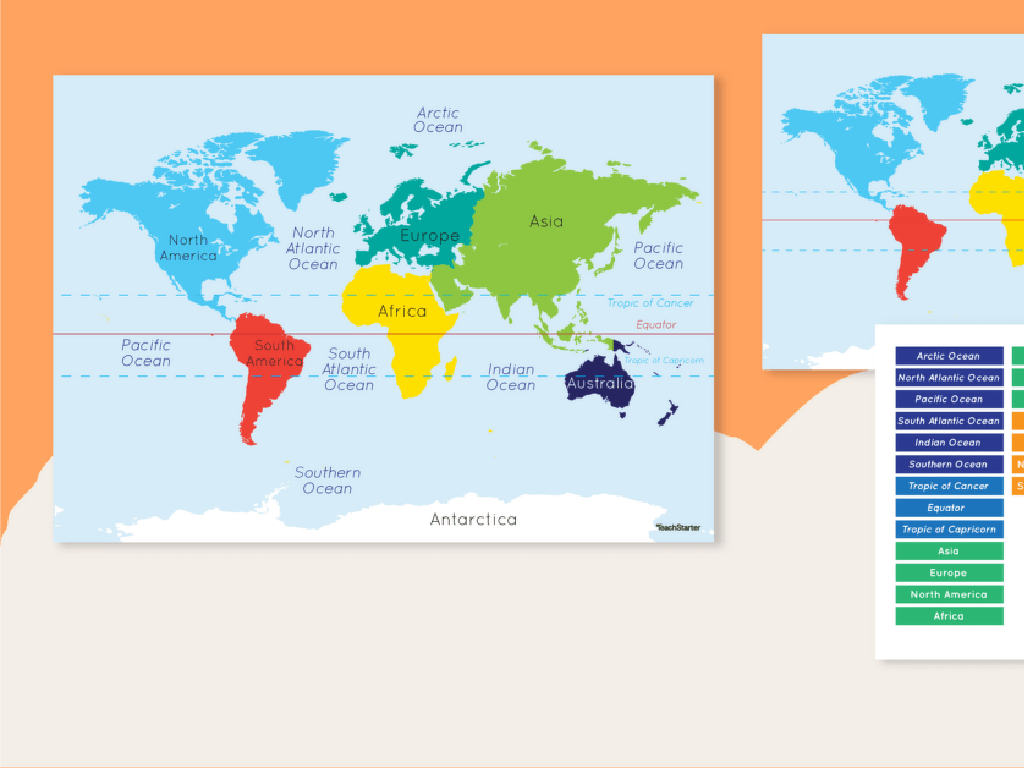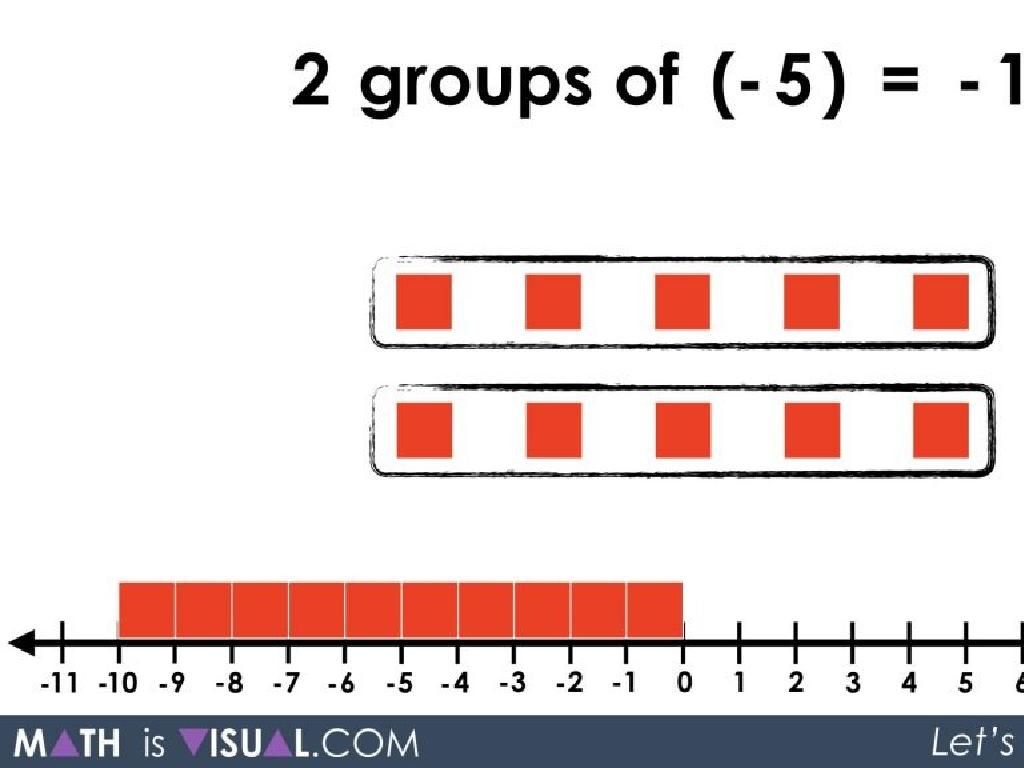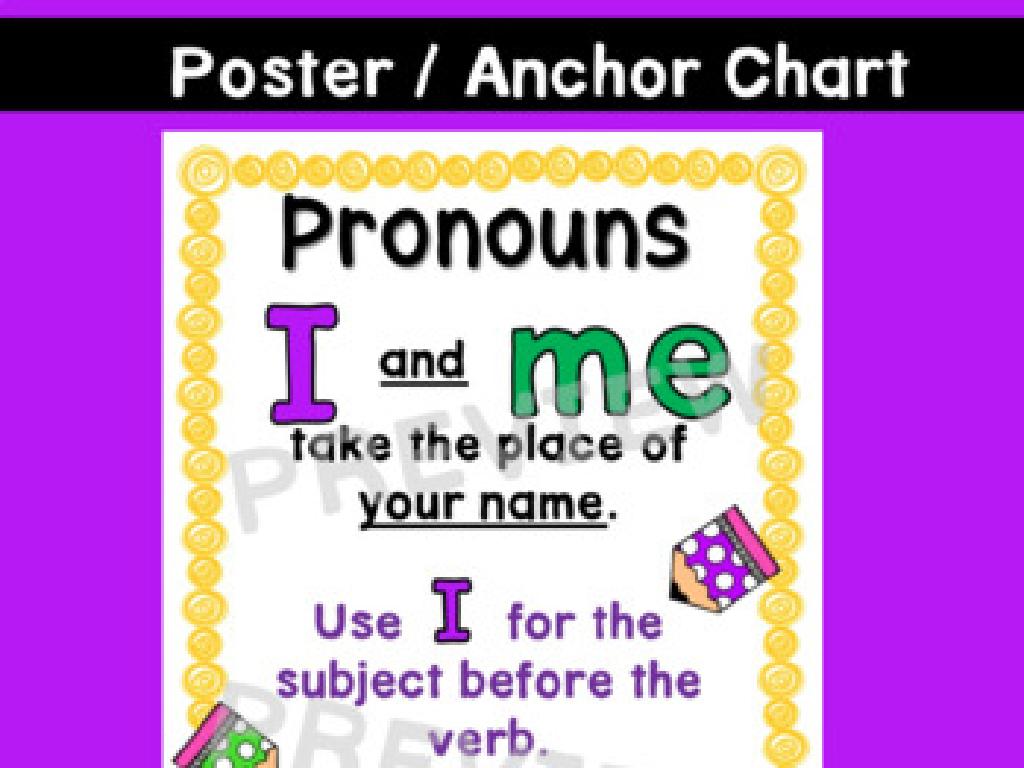Read About Art, Music, And Traditions
Subject: Language arts
Grade: Third grade
Topic: Informational Texts: Level 1
Please LOG IN to download the presentation. Access is available to registered users only.
View More Content
Exploring Art, Music, and Traditions
– What are informational texts?
– Texts that give facts about real-world topics
– The role of informational texts
– They teach us new things in an easy-to-understand way
– Exploring through reading
– Reading can take us on adventures to learn about cultures
– Art, music, and traditions
– Learn about creativity and customs from around the world
|
This slide introduces students to the concept of informational texts and their importance in learning about the world, specifically art, music, and traditions. Informational texts are a type of non-fiction that provide factual information on a wide range of subjects. They are structured to educate and inform readers in a clear and engaging manner. By reading these texts, students can discover new aspects of various cultures and understand the diversity of human expression through creative means. Encourage students to think about how learning from these texts can be both informative and enjoyable. Provide examples of informational texts that they might have already read or come across in their daily lives.
Exploring Informational Texts
– What is informational text?
– Texts that teach us facts or concepts
– Types of informational content
– Facts about people, places, events, or ideas
– Examples: Art, Music, Traditions
– Books on painting, articles on instruments, websites on holidays
– Where to find these texts
– Look in libraries, online, or in class
|
Informational texts are a key component of Language Arts, designed to educate readers about the world around them. They differ from fiction by focusing on real facts and concepts. This slide introduces students to the concept of informational texts and where they can be found, with a focus on art, music, and traditions. Encourage students to think about what they can learn from these texts and how they can apply this knowledge in their daily lives. Provide examples of informational texts that they might find interesting and relate to their own experiences or heritage. Discuss the importance of being informed about different cultures and practices through these texts.
Exploring Art Through Reading
– Art as self-expression
– Art lets people show feelings and ideas
– Various art forms
– Painting, sculpture, drawing, and more
– Read about famous artists
– Choose a passage about a known artist
– Discuss art styles
– Talk about what makes each style unique
|
This slide introduces students to the concept of art as a form of self-expression and the different types of art they can explore. Encourage students to think about how art can convey emotions and ideas without words. Provide examples of various art forms such as painting, sculpture, and drawing. Assign a short reading passage about a famous artist or art style, and prepare a discussion for the next class about what they learned. This will help students appreciate the diversity in art and understand that reading can be a window into the world of creativity and culture.
Understanding Music in Texts
– Music: arranged sounds
– Sounds that are pleasing or meaningful, like a beautiful song.
– Various music genres
– Classical is formal, jazz is improvisational, pop is modern and catchy.
– Read about an instrument
– Pick a passage about an instrument, like a piano or a guitar.
– Learn about a musician
– Discover the life and work of a famous musician.
|
This slide aims to introduce students to the concept of music as described in texts. Begin by explaining that music is an arrangement of sounds that create something pleasing or meaningful to listen to. Highlight the different genres of music, providing examples for each to help students differentiate between them. Encourage students to read a short passage about a musical instrument, focusing on its history, how it sounds, and how it’s played. Additionally, guide them to read about a musician, learning about their background, the music they create, and their influence on the genre. This will help students connect the textual information with real-world examples and enhance their understanding of music in literature.
Exploring Traditions Around the World
– What are traditions?
– Traditions are special customs passed down in families.
– Types of traditions
– Holidays, dances, greetings are examples.
– Reading about world traditions
– We’ll read about a unique tradition from another country.
– Traditions shape our lives
|
This slide introduces the concept of traditions to the students, explaining that they are customs or beliefs handed down through generations. It’s important to highlight that traditions can vary widely, from the holidays we celebrate to the way we say hello. Provide a short, age-appropriate passage about an interesting tradition from another culture to read in class. This will help students understand the diversity of traditions around the world and how they contribute to our identity and community. Encourage students to think about their own traditions and be prepared to discuss how these traditions make them feel connected to their family and culture.
Exploring Cultures Through Reading
– Discuss our reading on cultures
– Insights on art, music, and traditions
– Art forms, musical styles, and traditions vary across cultures
– Significance of cultural knowledge
– Understanding diversity enriches our perspective and respect for others
– Reflect on learning from different cultures
– How does learning about other cultures make us more knowledgeable?
|
This slide aims to foster a discussion among students about the importance of reading informational texts on art, music, and traditions from around the world. Encourage students to share what they’ve learned about different cultural expressions and why this knowledge is valuable. Highlight how learning about the diversity of cultures can broaden their understanding and appreciation of the world. Ask them to consider how this learning can impact their view of their own culture and those of their classmates. The discussion should be guided to help students articulate their thoughts on the significance of cultural awareness and empathy.
Class Activity: Create Your Informational Poster
– Choose a topic: art, music, or tradition
– Create a poster with facts and images
– Use paper, markers, and magazines from class
– Present your poster to the class
– Explain what you learned
– Share your new knowledge with friends
|
This activity is designed to encourage creativity and research skills. Students will select a topic related to art, music, or traditions that interests them. Provide various materials such as paper, markers, glue, scissors, and old magazines for creating the posters. Encourage students to include both facts and visual elements on their posters. Once completed, each student will have the opportunity to present their poster to the class, explaining the information they’ve gathered and what they’ve learned. This will help them practice public speaking and information sharing. Possible variations of the activity could include working in pairs, focusing on local traditions, or comparing two different art forms.



/postwar_america_transformation.jpg)


